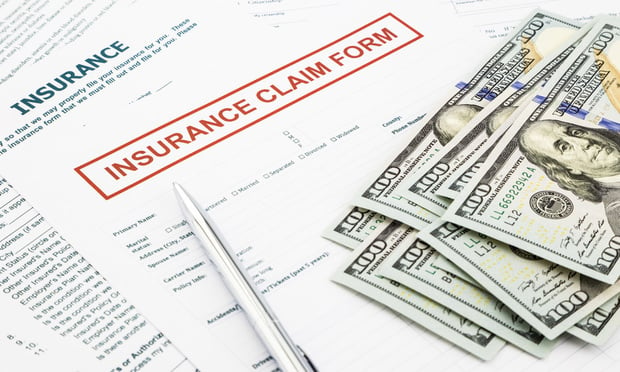I’m just going to help ease your anxiety: You’re not gonna get the Ebola virus.
Don’t get me wrong: I like a good health scare as much as the next person — you know, the controversy, the incessant news coverage, and the wild speculation. But I’m skeptical. (By the way, that’s a good thing.) I’m not discounting the seriousness of this, but I’m not expecting this to be a widespread epidemic, at least not in the United States.
For just a minute, can we quit talking about Ebola and start talking about something that actually is going to happen — and that you can help prevent — like the flu?
No, it’s not as sensational — it involves no scary bleeding from the eyes, thank God — but it’s very real and can be very dangerous.
Compare the dozen or so deaths that might occur from Ebola in the United States to the 30,000 deaths that occur annually from the flu. The flu also hospitalizes 200,000 each year.
And part of this is our own fault.
The more than half of Americans who choose not to get vaccinated — even though the vaccine is available at a wide variety of places — are a huge problem.
“When people are universally vaccinated, those infections are largely eliminated,” says Jorge Parada, medical director of the Infection Prevention & Control Program at Loyola University Health System. “It may not sound sexy, but it is everyone’s civic responsibility to protect themselves and their community,”
I get the Ebola fears — and the hype around the disease remind us that we need our providers trained, we need facilities and generally we need a better (or at least some kind of) plan for these outbreaks. But it makes me mad when people freak out about these rare disease scares that we personally can do nothing about, yet they do nothing to actually prevent an outbreak that happens like clockwork every year.
The most common reasons for not getting a flu vaccine — “I didn’t get around to it,” and “I don’t have the time,” don’t hold up for me. It’s not just about you. It’s about other people, too.
Though the CDC recommends pretty much everyone 6 months or older get a flu shot, we generally ignore the charge.
Health officials say that that fewer than half (46 percent) of Americans are being vaccinated against the flu. Only 32 percent of people between 18 and 49 got their vaccinations last year. (Even one of the most vulnerable populations — pregnant women — have just a 50 percent vaccination rate.)
Not to mention the flu costs the country more than $87 billion annually, including an estimated $10.4 billion a year in direct medical expenses and an additional $16.3 billion in lost earnings, according to a report by the CDC Foundation.
I applaud employers who bring in professionals to give the vaccine. I think it’s a great idea and should happen more often.
But if that’s not an option, just go somewhere within a five-mile radius and get a shot. No, it’s nothing sensational; it’s just about being a decent person to others around you.
Complete your profile to continue reading and get FREE access to BenefitsPRO, part of your ALM digital membership.
Your access to unlimited BenefitsPRO content isn’t changing.
Once you are an ALM digital member, you’ll receive:
- Breaking benefits news and analysis, on-site and via our newsletters and custom alerts
- Educational webcasts, white papers, and ebooks from industry thought leaders
- Critical converage of the property casualty insurance and financial advisory markets on our other ALM sites, PropertyCasualty360 and ThinkAdvisor
Already have an account? Sign In Now
© 2024 ALM Global, LLC, All Rights Reserved. Request academic re-use from www.copyright.com. All other uses, submit a request to [email protected]. For more information visit Asset & Logo Licensing.








